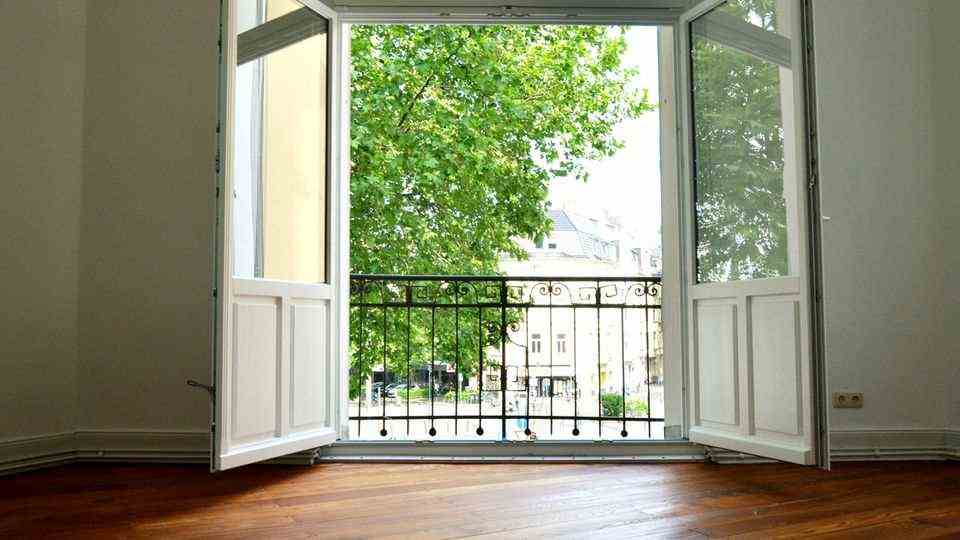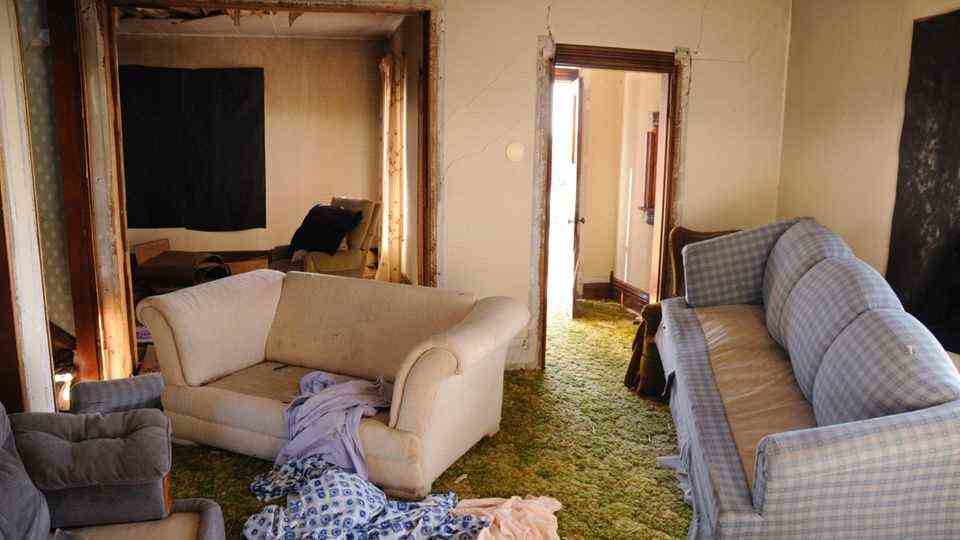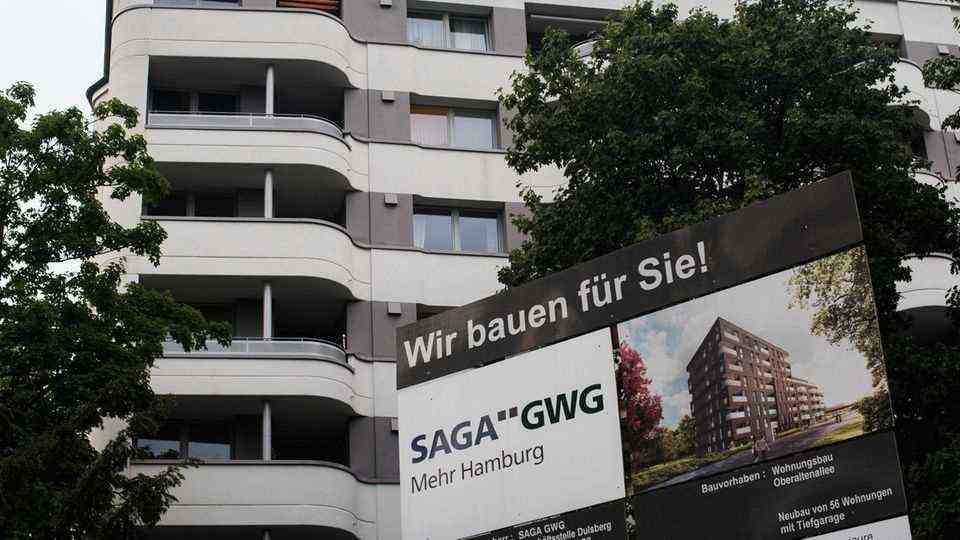Traffic light coalition plans
Rental price revolution based on the Swedish model: This is how the price for rented apartments should be calculated in the future
Warm apartment, better climate protection: this is how the traffic light coalition wants to revolutionize rent
© Maryviolet / Getty Images
The rent that has to be paid results from the basic rent and ancillary costs. According to the plans of the new traffic light coalition, landlords should indicate a partial warm rent in the future. That has advantages for everyone: for tenants, landlords and the climate. So far, this has worked very successfully in Sweden.
Anyone looking for a new apartment will only stumble upon the cold rents. This is the amount you pay the apartment owner. This usually includes the “cold” ancillary costs, i.e. the expenses for stairwell cleaning or winter service. In the case of some rental apartments, the supply for the warm apartment is settled directly with the landlord. Usually when there is an oil heater. However, if the tenant heats with gas, he concludes a contract with a utility company and settles his costs himself.
So far, so inconsistent. Because the costs for a warm apartment differ immensely. A feasible cold rent can quickly turn into a very expensive apartment. And: With this model, the landlords have little incentive to renovate the house in terms of energy. If the poor insulation of the outer facade means that the tenant also heats the sidewalk and so has very high costs, the landlord doesn’t care.
New rental model
However, everyone has to heat their home. There may be differences in the comfortable temperature, but nobody likes to sit in a 14 degree cold apartment in the depths of winter. As a rule of thumb, 20 degrees are a guideline for a comfortable temperature in the apartment.
And this will also be the topic when calculating rental prices in the future. Because the new traffic light coalition has announced that it wants to introduce the so-called partial warm rent. Landlords then have to offer their apartment heated. Landlords should have more incentive to modernize old heating systems and poorly insulated external facades. Tenants then pay for an apartment that is statistically heated to 20 to 22 degrees. If it is warmer, they pay the difference.
This is how the warm rent works
The idea is not new, in Sweden the carbon footprint of residential buildings has been improved in this way. The principle works like this: Tenants and landlords agree on a room temperature and a warm rent. If the landlord does nothing on the property, the tenant pays back if he wants it to be warmer. Or he gets a refund if he has heated less. However, that changes with an energetic renovation: If consumption then falls due to construction measures such as new windows or facade insulation, the excess rent ends up with the landlord. So he benefits directly from better insulation. And thanks to the lower reference consumption with repayment and subsequent payment, energy saving is also in the interests of the tenants.
“Since 2000, Sweden has reduced 95 percent of CO2 emissions in the building sector,” said Leo Reutter from the Institute for Business Law at the University of Kassel of the “HNA”. The university and the Agora Energiewende think tank and policy laboratory put forward a proposal in 2020. “The CO2 price on natural gas and heating oil that will apply from January 2021 must be supplemented by a warm renting concept. This is the only way we can give landlords the incentive to carry out energy-efficient renovation measures”, says Patrick Graichen, Director of “Agora Energiewende”. “The current system, which passes the heating costs on to the tenants and at the same time allows flat rent increases after renovations, is outdated and should be abolished.”
It is still unclear how and when exactly the tenants and landlords will switch to partial warm rent. The question of previous funding models, such as the modernization levy, is also not yet clear. A recent study by the non-profit Öko-Institut therefore comes to the partial conclusion that the effect of this system depends heavily on the models. The experts state that a possible further development could also mean that tenants will be able to reduce their rent in the future if minimum energy standards are not met. The inclusion of the energetic building quality in the rent index is also conceivable.




